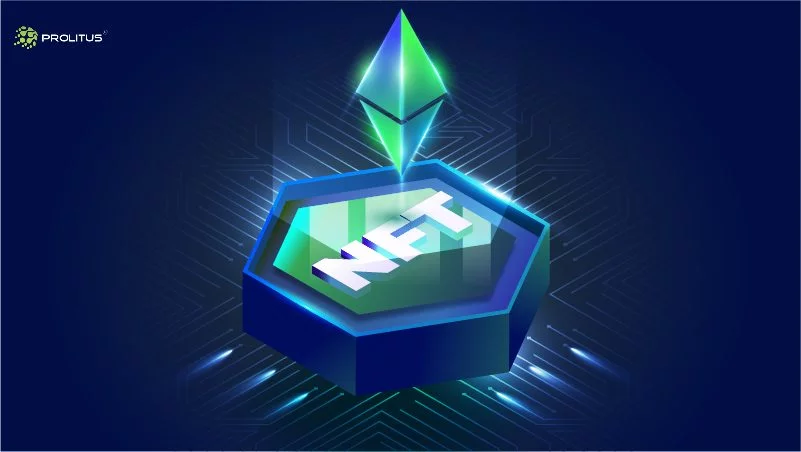Cryptocurrency is changing how frequently we interact with traditional banks. In 2024, there were many big trends, emerging narratives, and products in the crypto world. This article will talk about the top partnerships, product launches, and new ideas that could change how we interact with banks.
Understanding Crypto and Banking Without Banks

Before we start, let’s talk about what crypto is and why it’s important for banking.
Cryptocurrency is different from regular money because it’s not controlled by a government or a bank. Instead, it uses blockchain to keep track of who owns what. Blockchain is a digital record that is available to everyone anywhere and very hard to edit or change.
“Banking without banks” means using crypto to do things you normally do at a bank. You can send money to people, save money, and even borrow money without going to a real bank.
The Crypto-Banking Nexus
Cryptocurrency, with its decentralized nature and underlying blockchain technology, is challenging the traditional banking model in unprecedented ways. Key areas of disruption include:
- Payments: Cryptocurrencies offer faster, cheaper, and more secure payment options compared to traditional banking systems.
- Remittances: Cross-border transfers using crypto can be significantly cheaper and faster than traditional methods.
- Financial Inclusion: Cryptocurrencies have the potential to bring millions of unbanked and underbanked individuals into the formal financial system.
- Investment: Cryptocurrencies have emerged as a new asset class, attracting a growing number of investors.
- Lending: Decentralized finance (DeFi) platforms are disrupting traditional lending models by offering peer-to-peer lending and borrowing.
Reshaping the Future of Banking
The intersection of cryptocurrency and traditional banking is undergoing a massive shift. As digital currencies gain traction, they are fundamentally altering the way we perceive and conduct financial transactions. Let’s look at key trends, partnerships, and product launches and their potential impact on the future of banking.
- Binance and Mastercard Team Up: Binance, a big crypto company, joined forces with Mastercard, a famous card company. This means you can use your crypto to buy things with a Mastercard.
- Visa Launches a Crypto Wallet: Visa, another big ATM card company, started its own crypto wallet. This makes it easier for people to use crypto.
- Global CBDC Race Heats Up: The race to develop CBDCs is heating up globally. Countries like China, the Bahamas, and Nigeria have already launched their digital currencies, while others are in the pilot phase. The adoption of CBDCs could revolutionize payment systems, monetary policy, and financial inclusion. According to a report by the Atlantic Council, over 90 central banks are exploring CBDC development.
The global push towards Central Bank Digital Currencies (CBDCs) is accelerating:
- Kyrgyz Republic: Leading the way in Central Asia, the Kyrgyz Republic is aiming for a 2027 launch of its digital som. The proposed system will involve traditional banks and payment providers.
- European Union: The European Central Bank (ECB) has announced plans for a digital euro. However, critics raise concerns about potential government control over spending habits through mechanisms like social credit scores and carbon allowances.
- United Kingdom: The Bank of England has set a target of 2025 for its CBDC, emphasizing increased trust and accessibility in payments.
- Wirex Wpay: Wirex Wpay is a payment system developed by Wirex. It’s designed to make it easier to spend both cryptocurrencies and traditional currencies. Essentially, it’s the underlying technology that powers the Wirex card and other Wirex payment services.
- Blockchain RWA for Land Ownership: Tokenizing real-world assets, such as real estate, commodities, and stocks, is opening up new investment opportunities. This trend is blurring the lines between traditional finance and crypto.
Some countries started using blockchain to keep track of who owns land. RWA has the potential to streamline property transactions, reducing paperwork and settlement times. Smart contracts can automate various aspects of property management, from rent collection to maintenance scheduling.
- Decentralized Finance (DeFi): DeFi has experienced explosive growth, offering a wide range of financial services without intermediaries. Lending, borrowing, trading, and yield farming are some of the core activities within DeFi. Statistics: The total value locked (TVL) in DeFi protocols has surged to billions of dollars, indicating the increasing popularity of decentralized finance.
- Stablecoins: Stablecoins, pegged to fiat currencies or other assets, have gained significant traction as a bridge between the crypto and traditional worlds. They are used for payments, remittances, and as a store of value.
- Crypto Adoption by Institutions: Institutional investors, including hedge funds, pension funds, and corporations, are increasingly allocating a portion of their portfolios to cryptocurrencies. This trend is legitimizing the crypto industry and driving price appreciation. The number of publicly traded companies holding Bitcoin on their balance sheets has steadily increased, signaling growing institutional interest.
The Future of Banking: A Hybrid Model
The future of banking is likely to be a hybrid model combining traditional banking services with crypto-based innovations. Banks will need to adapt to the changing landscape by offering crypto-related products and services while leveraging blockchain technology to improve efficiency and security.
Personal Note From MEXC Team
Check out our MEXC trading page and find out what we have to offer! There are also a ton of interesting articles to get you up to speed with the crypto world. Lastly, join our MEXC Creators project and share your opinion about everything crypto! Happy trading! Learn about interoperability now!
Join MEXC and Get up to $10,000 Bonus!



